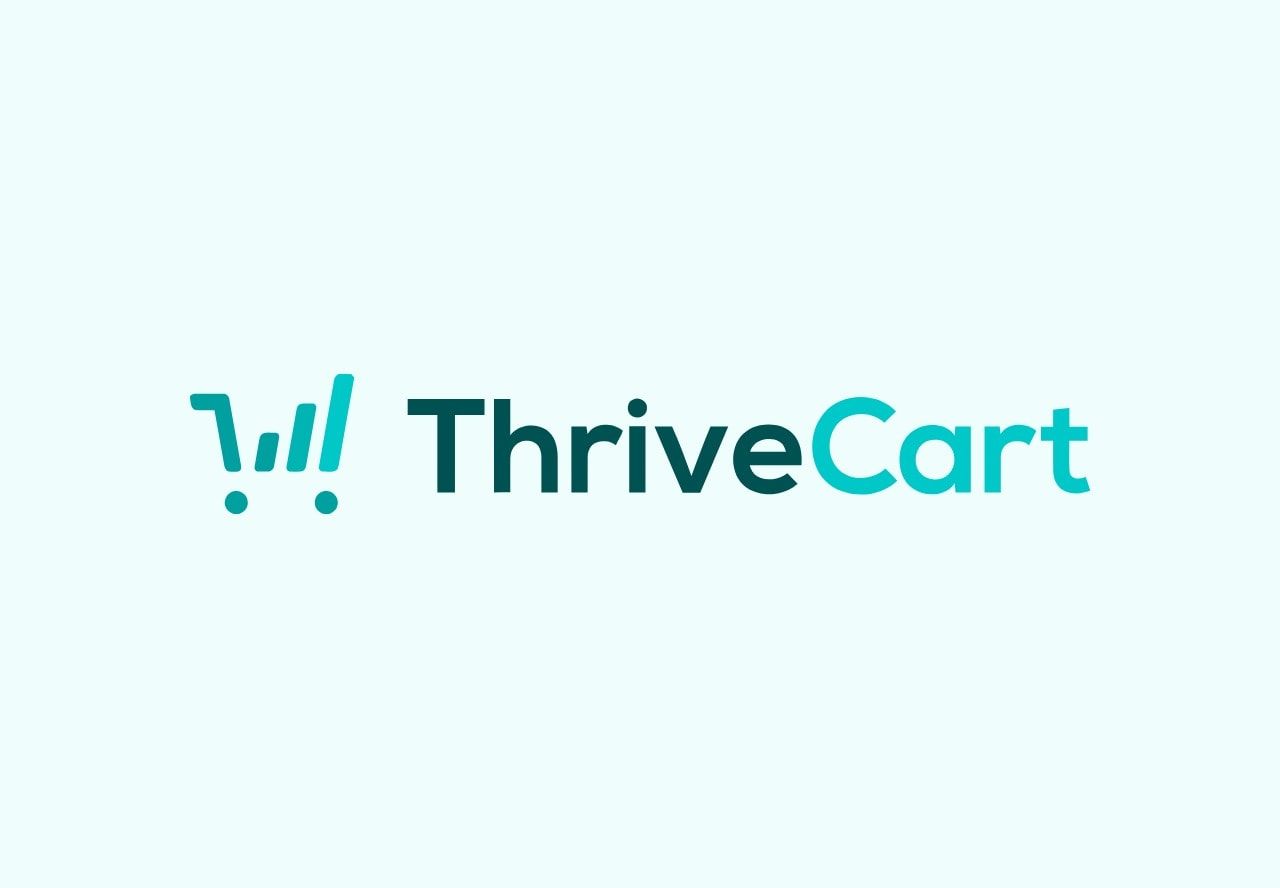Why you should use ThriveCart for services, memberships, B2B and high value products
As an online business, you know how much work goes into attracting visitors to your site and turning them into customers.
After all that work, you really don’t want to lose them at the last minute because of a weak link in your sales funnel.

Many companies are losing 40% of sales at checkout, because customers are encountering a badly designed, confusing or even downright scary checkout page.
Who needs ThriveCart?
ThriveCart will work for you, if you are selling:
- Online courses or digital products like ebooks – works seamlessly with a course or membership platform and the bump and upsell offers are perfect for online courses
- Memberships, subscriptions or recurring products – supports whatever pricing plans you want to use, including one-off payments, regular payments (weekly, monthly, annually etc), free trials and even pay your own price
- Coaching or consultancy services – easy to collect payments and choice of different payment models
- Some high value physical products – range of payment options and can collect delivery information, names and phone numbers
- SAAS
- Software
- Events
There are many advantages to ThriveCart if you are selling products or service in these areas. It is easy to set up, with no knowledge of coding needed, and it is easy for your customers to use. It integrates with lots of payment platforms, including Apple Pay, PayPal and Google Pay for a seamless billing experience.
ThriveCart also integrates with software you are already using on your site – from your email marketing platform to membership platforms and Wordpress CMS platforms. Just some of the software it will integrate with includes AWeber, MailChimp, HubSpot and Zapier. It will even work with Shopify.
Upsell and downsell
One thing which really sets ThriveCart apart, is the way it helps you to upsell using profit-boosting ‘bump offers’ – a quick add-on purchase offered to customers right on the checkout page.
These are quick and easy to set up and proven to boost profits with minimal effort.
40% of customers buying online through ThriveCart have bought something extra with a bump offer – adding thousands of pounds of extra profits for businesses.
Related to the bump offers, ThriveCart also offers one-click upsell, allowing customers to add more products or services to their orders without having to add their card details again.
And if your prospective customers still aren’t buying, ThriveCart offers a downsell option – a special discount to customers who haven’t clicked the ‘buy’ button.
This allows you to eliminate every last possible objection a prospective customer may have and cut your lost sales significantly.
It’s important to say that ThriveCart isn’t for everyone. As we have already mentioned, it isn’t a traditional online shopping basket. It doesn’t work for high volume consumer products, because there is no function for extra information like sizes or colour of clothing. For more typical physical products, it is best to stick with standard ecommerce software like Shopify.
ThriveCart is exceptionally good value for money.
At the time of writing, it is priced at $495 (approximately £392) for lifetime access. There have been rumours for a long time that it will be switching to a monthly payment of $97 per month, but that has yet to happen. If you pay the $495 and you are not happy (very unlikely!), you can get a full refund within 30 days.
Compare ThriveCart’s pricing with closest rival SamCart, which costs $49 per month for its most basic package (although the majority of businesses will opt for its $99 per month option). ClickFunnels has more functionality than ThriveCart (its checkout function is just a part of it), but it costs $99 per month for its basic package and $297 per month for its top of the range package.
Taking into account the pricing, the functionality and ease of use of ThriveCart, it really should be your number one choice for selling services, memberships, B2B, SAAS and high value physical products online.
More Posts.







